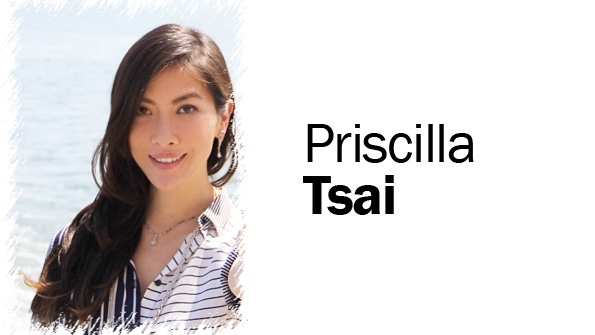Your product might never stop changing, and that's not a bad thing.

You’ve been working on your product, getting further and further along with formula, packaging, pricing, branding, etc. You have a finished-ish product and have revised your recipe 100 times, but you still have product insecurities. One of your friends told you your product was too sweet, while someone else told you it wasn’t sweet enough. Should you continue to tweak your product? How do you know when you are ready to launch?
In the product development phase, the first thing you should do is set your “product values." What do you want your brand to stand for? What function do you want your product to serve? What is your product’s basic philosophy? What problem is it solving? What consumer segment are you targeting?
For cocokind, our values were that we would have: 1) high quality ingredients, 2) functional and effective product formulas, 3) USDA organic certification, 4) affordable prices, and 5) a “give back” philosophy. These values are still my guiding principles for almost every product decision I make. And actually, if you do a good job setting values, your job of making decisions (in a sea of infinite options) becomes a lot easier. You cut out anything that doesn’t meet your standards and are only left with quality options. So set these principles for your product, first and foremost!
As soon as I knew we had achieved a product with all the above values, we launched and started selling into stores. Looking back at our first meetings with local stores, I remember feeling very confident in what our brand and product values were. However, I also remember knowing that there were many product attributes (glass vs. plastic, white vs. black caps, softer texture vs. harder texture, etc.) that we might change in the near future. And that was okay. I wanted feedback from buyers ASAP.
Turns out, we started receiving placements immediately because, although some of our product attributes weren’t perfect, our buyers appreciated and easily identified cocokind’s strong product values.
And since then (it’s been 14 months), we’ve changed our product bottles, boxes and labels, tweaked formulas, improved recyclability and ingredients sourcing. We’ve tweaked almost every product attribute after receiving honest market feedback. It’s important to remember that buyers and consumers are continuously forgiving if you make product attribute changes. Think about how many companies have successfully changed their look, taste or feel (think Nutiva’s packaging redesign or Starbucks’ new Reserve Coffee look). These types of changes happen all the time.
Consumers and buyers may not, however, stand by you if you make changes to your values.
Because of this, I encourage consumer products entrepreneurs, before anything, to set your own values. Think long-term here—you should set values that will stay relevant whether you have $0 in sales or $20 million in sales. Once you believe your product has achieved those values, launch—and get going selling! Start meeting with buyers, getting store placements, doing demos in-stores. The quicker you begin selling, the quicker you will receive REAL information from the outside world (and the industry) about what attributes need to be improved or changed.
Bottom line: Launching a product doesn’t mean the product development phase is over. Your product will never (and should never) stop changing, and therefore you shouldn’t wait for perfection to launch. Show the world what product values you have created, and let market feedback guide you through the rest.

What improvements have you made to your company's products post-launch?
About the Author(s)
You May Also Like




